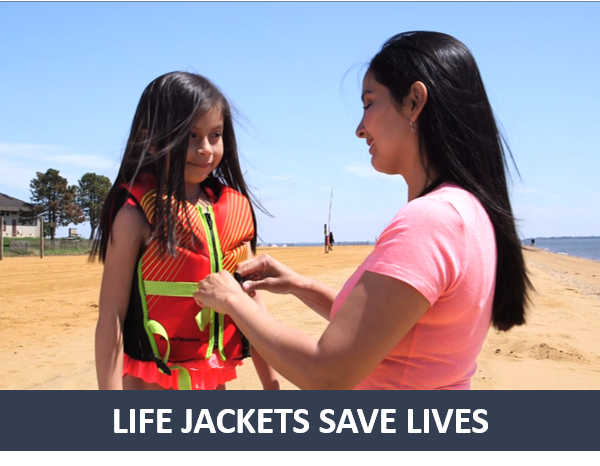When many of us are at home, the pool, or the beach, injuries do not come to mind often.
When children are near water, supervision and safety is critical for prevention of drowning. Children do not always struggle in the water. They can drown without making a sound.
Learn more about what we are doing.
Learn more about the U.S. National Water Safety Action plan here

